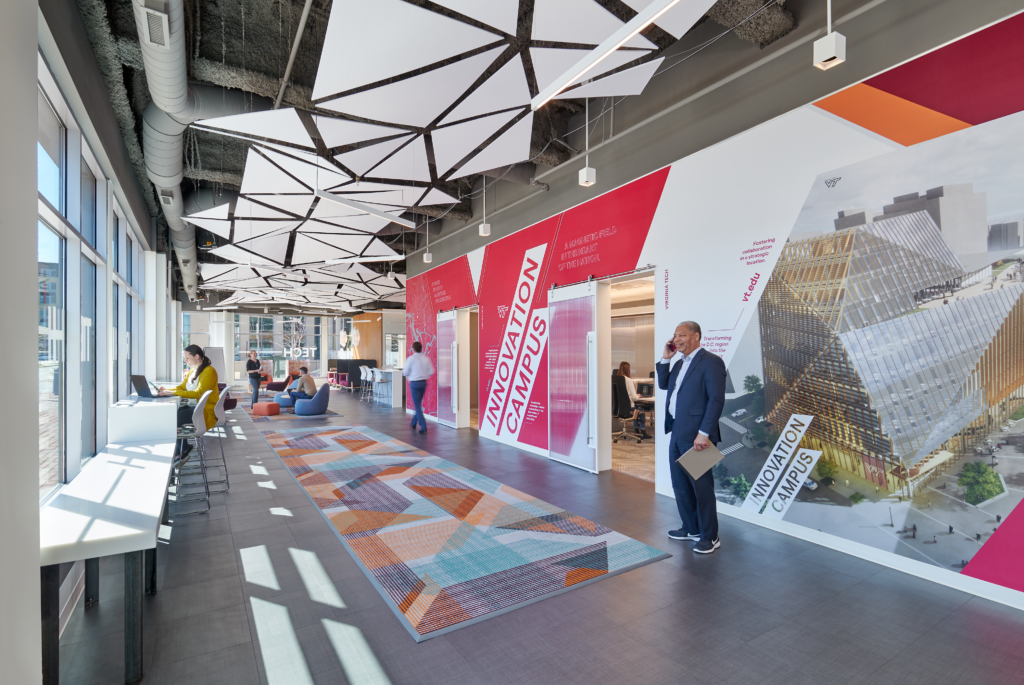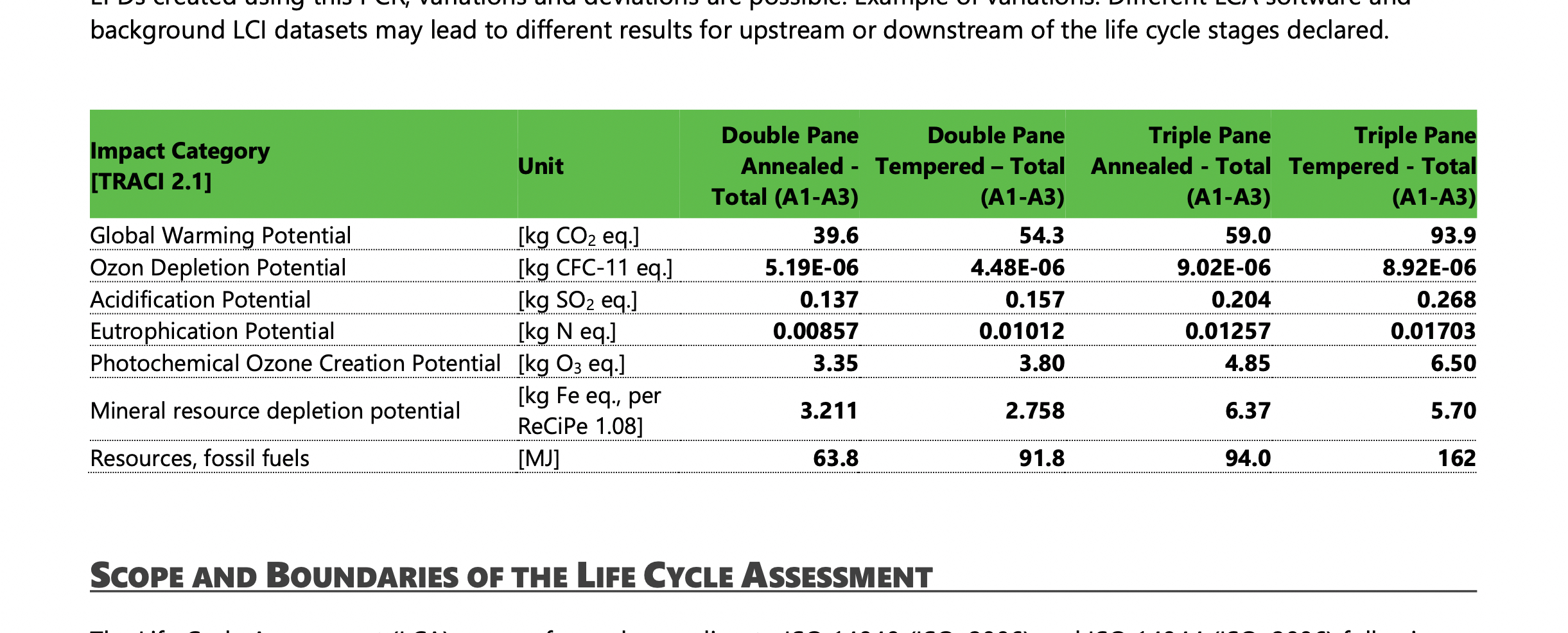Lauren Wingo, a senior structural engineer with Arup based in their Washington, D.C. office, discusses her work on the renovation of 80 M Street SE — three floors designed by Hickok Cole constructed with cross-laminated timber (CLT) totaling nearly 108,000 square-feet of commercial office and conference space atop an existing seven-story office building. CLT is part of a family of engineered wood products known as mass timber that are far stronger than traditional lumber and used to span distances normally reserved for steel beams. The project is the first of its kind in Washington D.C. to feature a vertical extension constructed using mass timber and the first high-rise overbuild timber structure in North America.
More »CNCPT: How We’ve Structured Practice Technology to Maximize Innovation, Creativity, and Efficiency
Technology has dramatically changed how we work at Clark Nexsen, enhancing our ability to develop innovative and creative solutions across the company. New tools and technology, from drones to energy and daylight simulations, have impacted what and how we design and deliver projects to our clients. To effectively capitalize on how technology can augment our work, we created a comprehensive resource and strategic hub for practice technology within our firm that meets key goals: supporting our people with the technologies they use frequently, maximizing the potential benefit of those technologies, improving workflows and processes, and investigating and applying emerging technologies in our industry. Known as CNCPT (Clark Nexsen Creative Practice Technology), and pronounced “concept,” the central purpose of this collaborative is to apply advanced digital tools across our interdisciplinary practice to improve the quality and efficiency of our work, help clients make informed decisions, and remain at the forefront of technological innovation.
More »Virginia COTE Architects to Host ArchEx Workshops
William Abrahamson, AIA, is a senior associate at Grimm + Parker Architects, with offices in Charlottesville, Tysons, and Calverton, Maryland. He’s also Co-Chair of Virginia’s Committee on the Environment (COTE), which is hosting “Creating Your Sustainability Action Plan,” a workshop at Architecture Exchange East (ArchEx) in November. Since July, Virginia COTE members have been presenting a multi-part series called “Embodied Carbon 101,” which originated with the Boston Society of Architecture and aims to empower architects at the design and specification stages (and beyond) to make sustainable choices. At ArchEx, Abrahamson and COTE will offer specific and actionable steps for architects and designers to continuously work with the environment in mind.
More »Looking to Decarbonize Your Practice? Start with EPDs
The built environment’s share of global greenhouse emissions is well known, but actionable strategies to reduce them are mired in government and private sector finger-pointing. If you’re an architect at any size firm working on any type of project, you have agency to cut through the blame game to take direct action to decarbonize your work. That doesn’t necessarily mean you have to hit ambitious net zero goals tomorrow (although that would be a great idea at this point), but it does mean you can make a big dent in both embodied and operational carbon in your next project—and across your entire future portfolio.
More »Virginia Tech’s Opening Gambit for the NoVa Tech Scene by SmithGroup is a Window to the Future

The word innovation isn’t just a rejoinder to the debate in education about value these days. It seems to also suggest a new typology of flexible and adaptive spaces. Virginia Tech is currently developing a four-acre Northern Virginia Innovation Campus in Alexandria, which will open in 2024 with a 300,000 square-foot Innovation Center Academic Building (ICAB) designed by SmithGroup. Its principal-in-charge, David Johnson, AIA, says that the emerging typology is less about form and more about accommodating the changing needs of an array of user groups. “The intellectual framework for the innovation center is about accelerating ideation and discovery by bringing together competing and interdisciplinary interests,” says Johnson, “but to be more precise, most, if not all, of our design goals were related to human centered design.”
More »Sefaira for Analyzing Building Performance
Designers are frequently using performance analysis tools in-house in order to get quick feedback on design decisions (rather than relying on outside consultants).
Several contributors to articles to our Energy Issue referenced Sefaira as one of the tools their firms use for analyzing building performance. In fact, according to the AIA’s Habits of High-Performance Firms, it’s the most common performance tool used by architects who submit projects for the 2030 Commitment.
Sefaira allows designers to compare massings, layout, and envelope options as well as study natural ventilation and HVAC systems for a wide variety of project types. It can be used collaboratively for shared projects and allows for peer review and works with both SketchUp and Revit.



